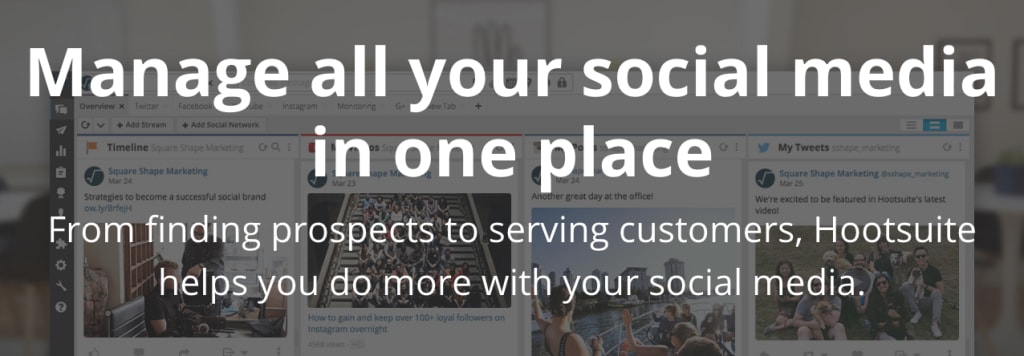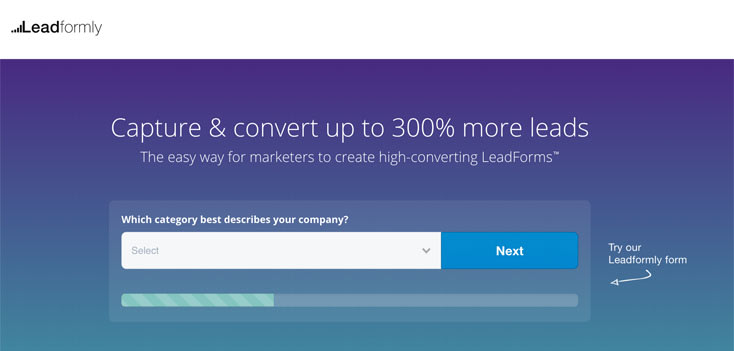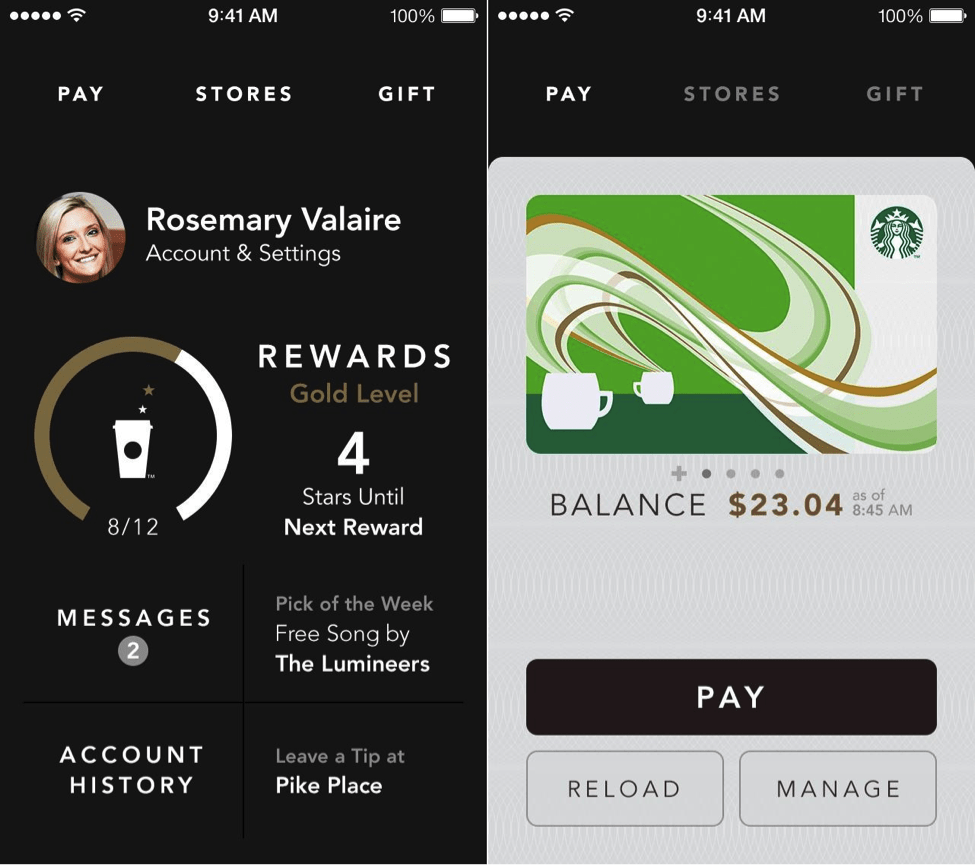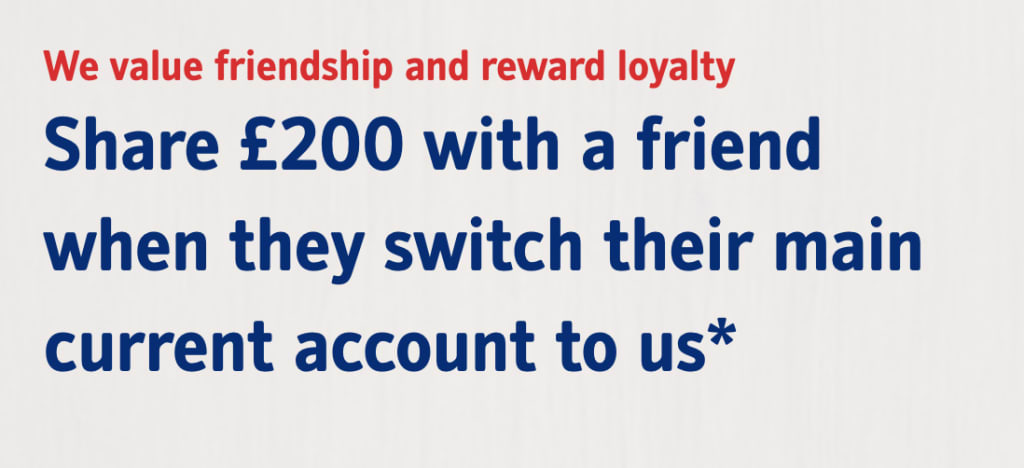Sunk cost bias (otherwise known as sunk cost fallacy) is a psychological trap we fall into when making decisions. It’s the reason we overeat expensive meals, hoping to get our money’s worth. The reason we continue watching a bad film, purely because we’ve already wasted an hour of our lives on it. And it even keeps us in failing relationships because we’ve already invested time and effort into them.
Simply put, we’re suckers for sunk coast bias. As soon as we invest time, money or energy into something, we persevere with it because we don’t want to lose our investment. Despite the fact we’ll never get it back, regardless of what happens.
From a marketing perspective, sunk bias cost also impacts a lot of people’s buying decisions. And you can use this to boost your conversion rates. Here are seven ways you can use sunk cost bias to influence consumer behaviour.
#1: Ease buyer remorse
“Hootsuite helps you do more with social media”
We’ve all bought into things and been disappointed by the reality that comes after the sales pitch. Whether your new car doesn’t live up to the reviews you read or your social advertising strategy isn’t justifying the money you’ve invested so far. Buyer remorse is a painful thing.
Hootsuite knows that disappointed social media marketers find it hard to resist its product. They’ve invested time into social marketing and fallen short of expectations. Sunk cost bias is hitting hard and they’ll jump at the chance to turn things around.
#2: Use progress indicators to increase conversions
Two of the worst places to leak conversions are web forms and online checkouts. At this point, users are committed to converting but something gets in the way of completing the process. Which is why form and checkout optimisation are so important.
One powerful tactic you can apply is a progress indicator on your multi-step forms and online checkouts. Showing users they’re two-thirds through your form makes it difficult to give up after investing the time to make it this far. If they quit now, they’ve wasted their time for nothing.
#3: Use a balance payment system
Allowing users to pay by card is a great feature but you might get better results by encouraging people to top up a balance. Once that money is there, it feels like users have already spent the cash and they’re less resistant to buy more.
Instead of forcing users to buy this way consider some kind of reward for topping up. For example, a coffee shop might give users a free coffee with their first order every time they top up their balance by £20 or more.
#4: Leverage sunk costs to boost upselling
As Greg Wise says on the HubSpot blog, once users are invested in a subscription-based service they’re more likely to upgrade or make an additional purchase.
Once buyers have paid a hefty sum for your products, they can often be persuaded to kick in a little more for a truly stellar experience – Greg Wise
This is how consumer electronics brands sell insurance for phones and other pricey gear. It’s the same approach airlines take with selling priority boarding and seat reservations. Why does this work, though?
Well, essentially buyers tell themselves “I’ve already spent this much so I may as well pay a little extra for a better experience”. This is particularly effective when the additional cost is significantly smaller than the initial expense.
#5: Set users up for sunk cost bias
Products that require users to invest time and money make it difficult for buyers to switch brands. Think of a DSLR user with tens of thousands invested in Nikon lenses. It’s very difficult for these people to suddenly switch to Canon or Fuji.
Likewise, software platforms that are highly customisable or difficult to set up are hard to give up on. One platform that does this really well is Spotify. On the face of things, Spotify doesn’t look all that customisable. You don’t get much in the way of a user profile and the experience is essentially the same for all users (aside from the free and paid versions).
However, once you’ve used Spotify for six months or more you realise you’ve got a whole catalogue of custom playlists and artists you’re following. This is what you’re really giving up by jumping over to another service.
#6: Use sunk rewards to keep customers buying
Sunk costs don’t always have to be a financial loss. If you reward buyers for doing business with you, it becomes more tempting to buy again. Mor to the point, it becomes difficult to go elsewhere.
A classic example is the coffee stamp card where customers get their tenth coffee for free. Studies show people are significantly more likely to complete a ten-stamp once two spots are stamped. More so than an eight-stamp card without any spots stamped.
In both cases, customers only need eight stamps but it’s the previous investment that drives them. With two spots stamped, people feel compelled to complete the card and get their reward. They’ll order coffee when they’d rather have tea and won’t waste their time buying coffee from anywhere else.
#7: Recommend a friend
You can also use rewards to get entirely new customers with a recommend-a-friend policy. Your existing customers are already invested and have nothing to lose by getting some of their friends on board. In fact, they could have a lot to gain if they’ve got a long list of friends.
Nationwide allows customers to share a reward with friends they recommend.
Nationwide offers £200 when customers introduce their friends to open a current account with the bank. The cash prize is shared between the customer and the friend, giving them both an incentive to sign up. Both parties get a reward for the recommendation and Nationwide gets a new customer out of the deal – everybody wins.
If you take this approach, it’s worth allowing customers to recommend multiple friends. You probably don’t want to limit the number of new customers you can get from the policy. The more your existing customers get out of the process, the greater the incentive to recommend multiple people.
The pros and cons of sunk cost bias
While sunk cost bias can be a powerful tool, there are some pros and cons to consider. First of all, you want to make sure you don’t fall into the trap yourself – e.g.: continuing with marketing strategies purely because you’ve already invested time and money into them. Sometimes it’s better to understand you’ll never get that time or money back whatever you do and pull the plug.
You also don’t want to become overly reliant on sunk cost bias with your customers. For example, it can be easy to get complacent with software updates because you know users have already invested themselves in your platform. This might work out for you initially but as soon as a rival comes out with a better system, you could be in trouble.
Likewise, encouraging users to buy accessories or add-ons to increase their investment in your product/brand is fine. But if you force them too much or make the add-on free experience too limited, you could earn a reputation for holding your customers to ransom.
As with all things in marketing, getting the best results from sunk cost bias is a balancing act. You’ll have to consider your brand image and business ethics, marketing goals and the opportunities your products or services provide for exploiting the sunk cost bias phenomenon.









